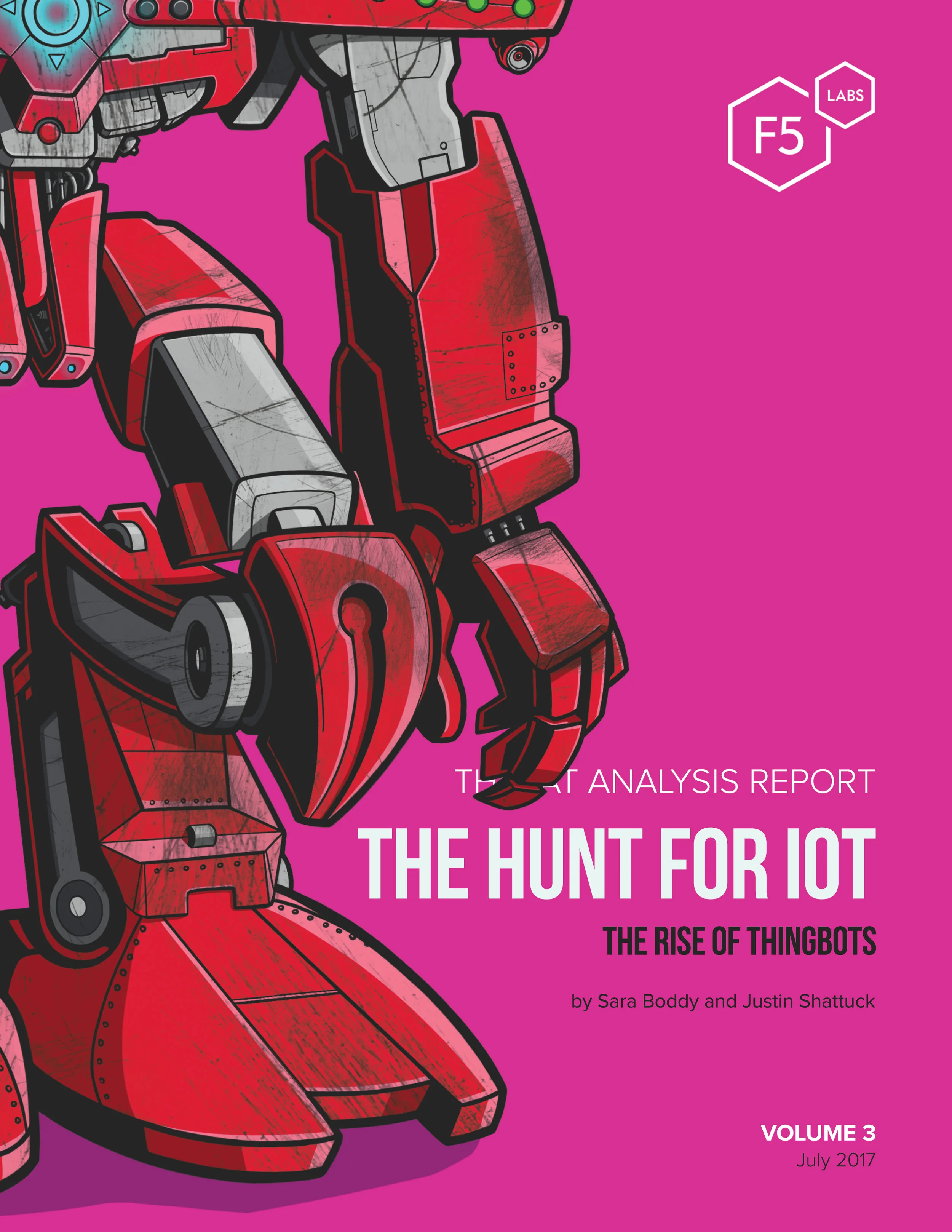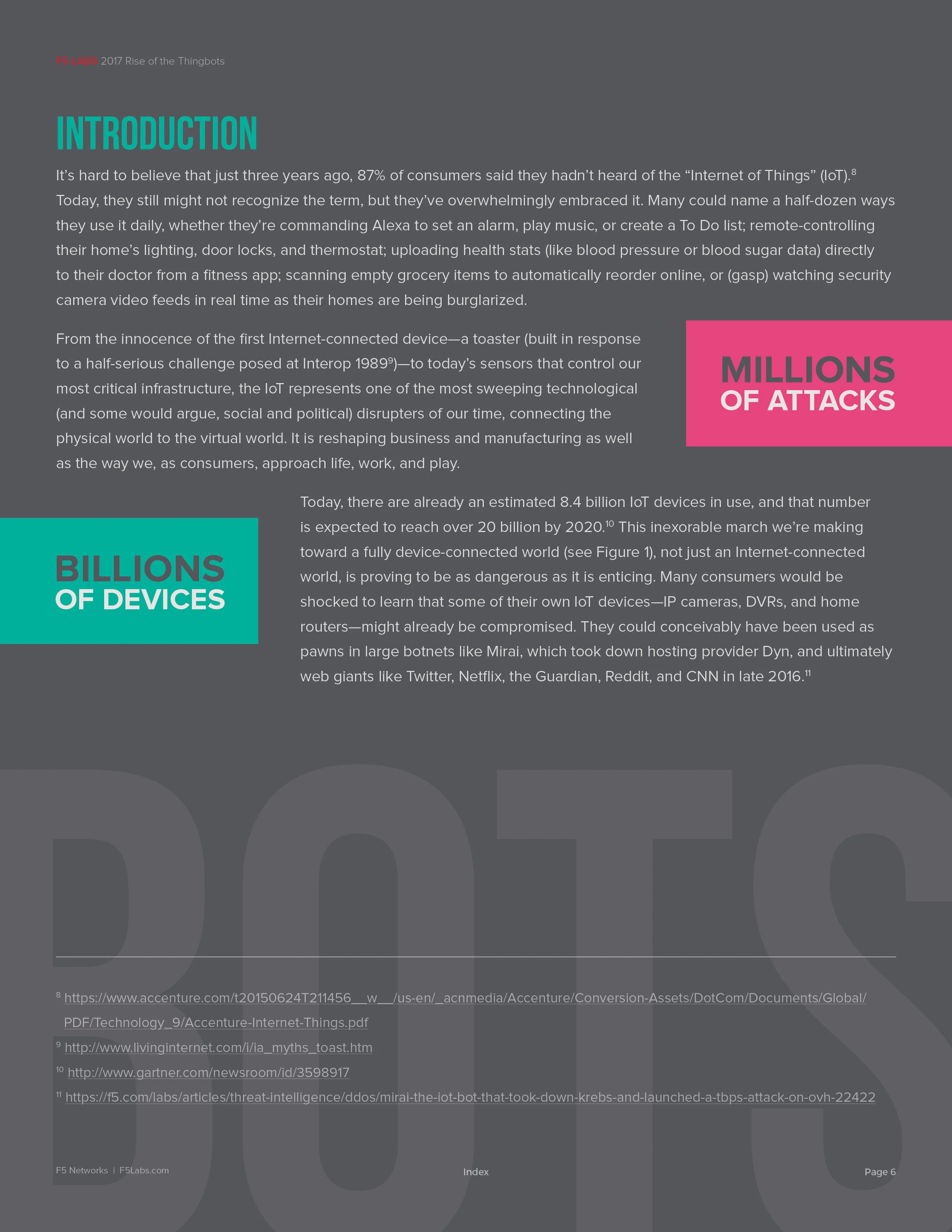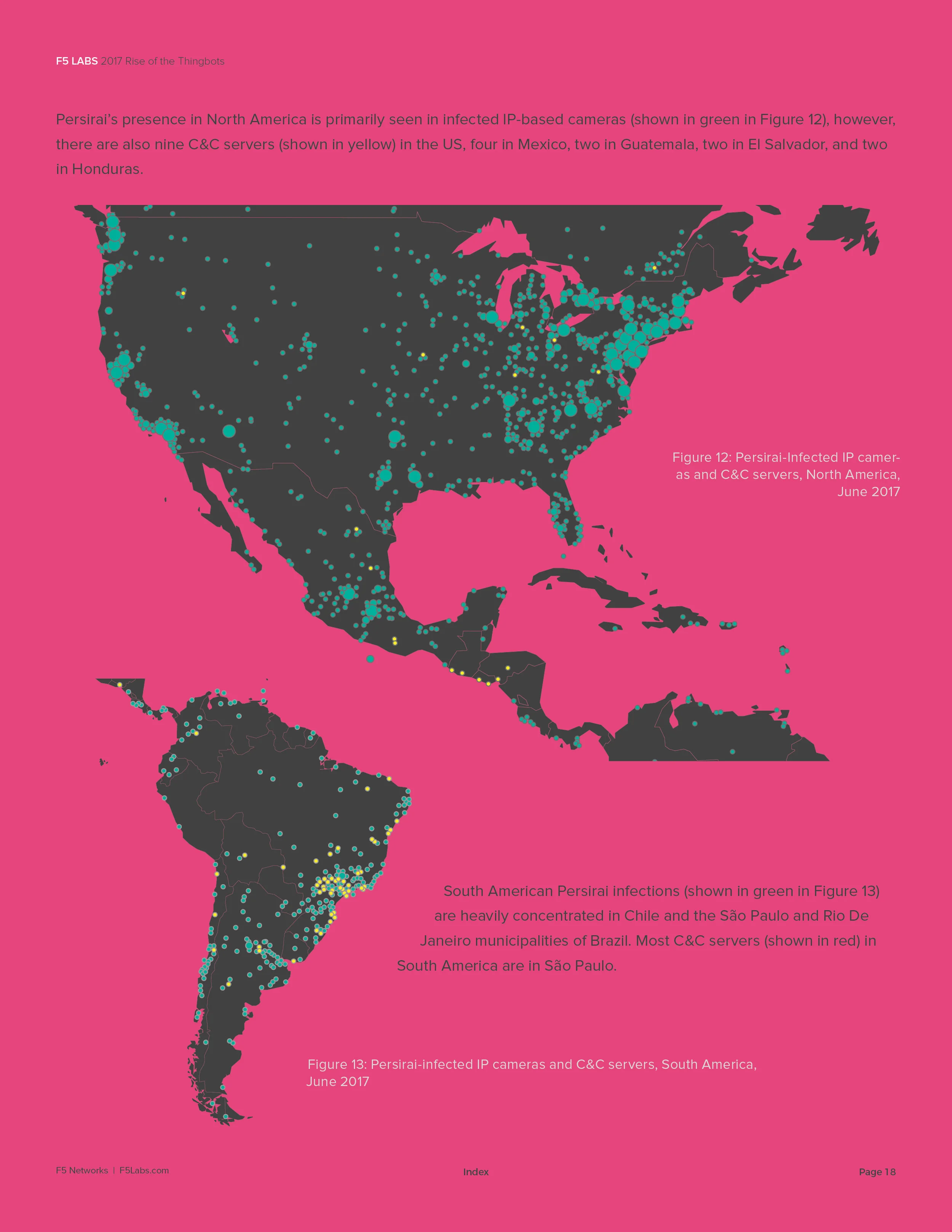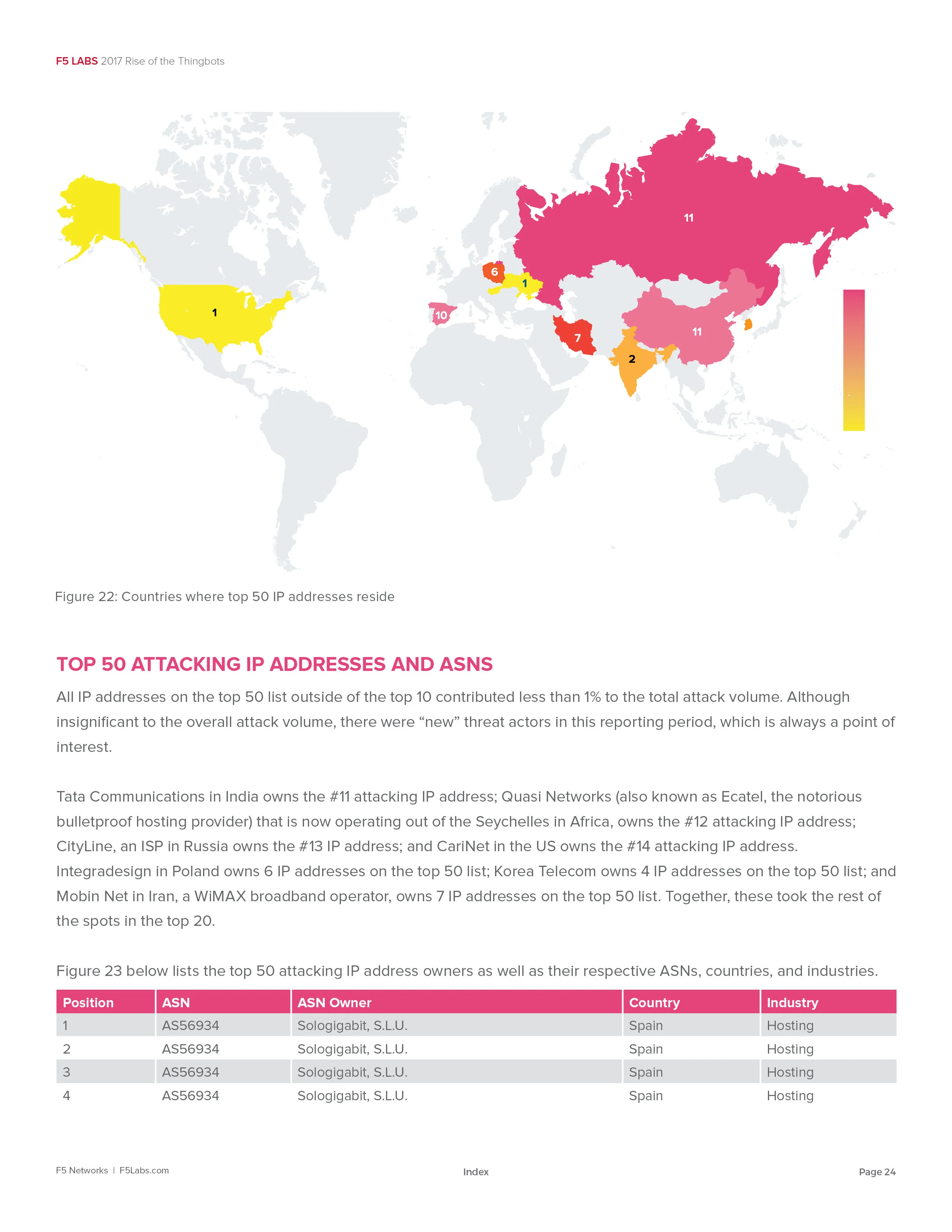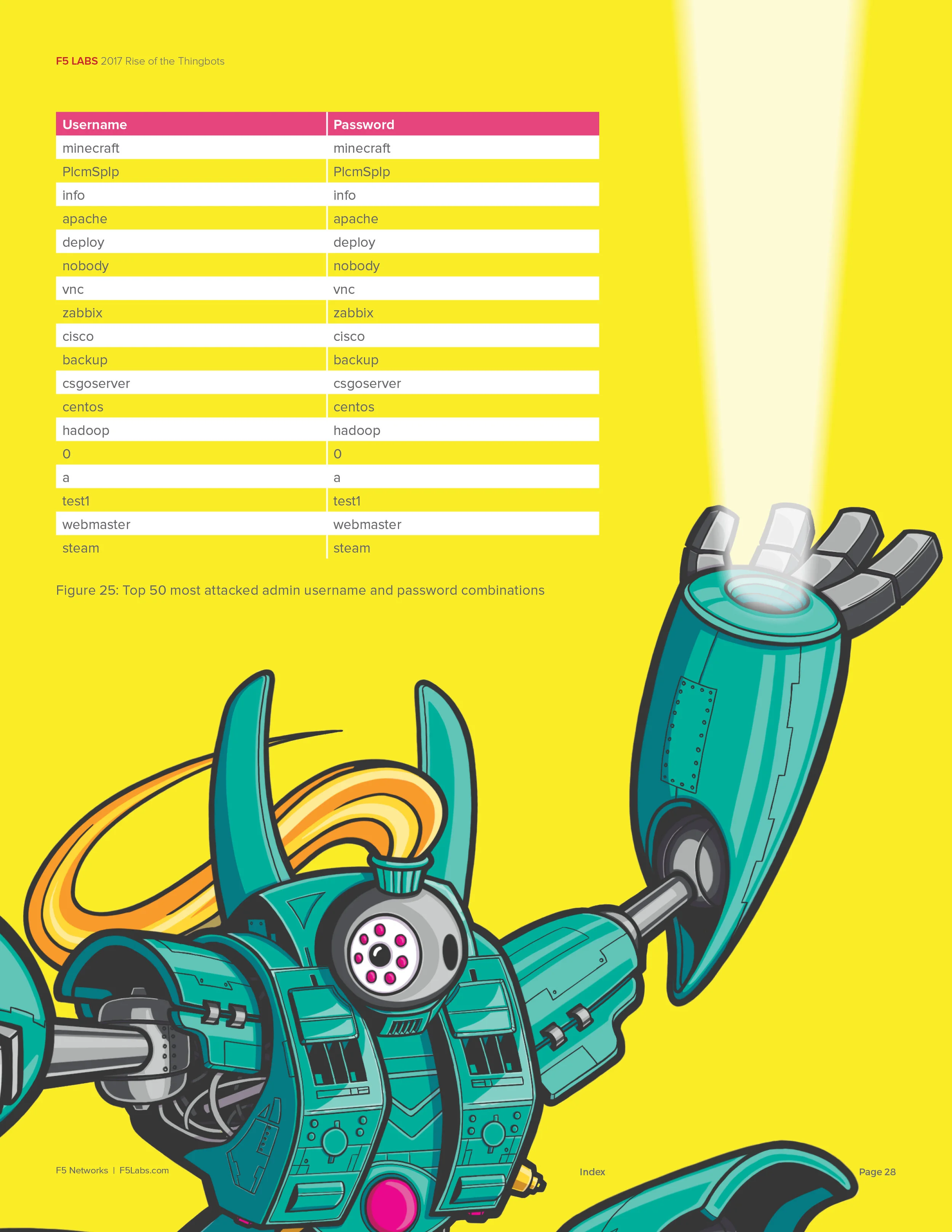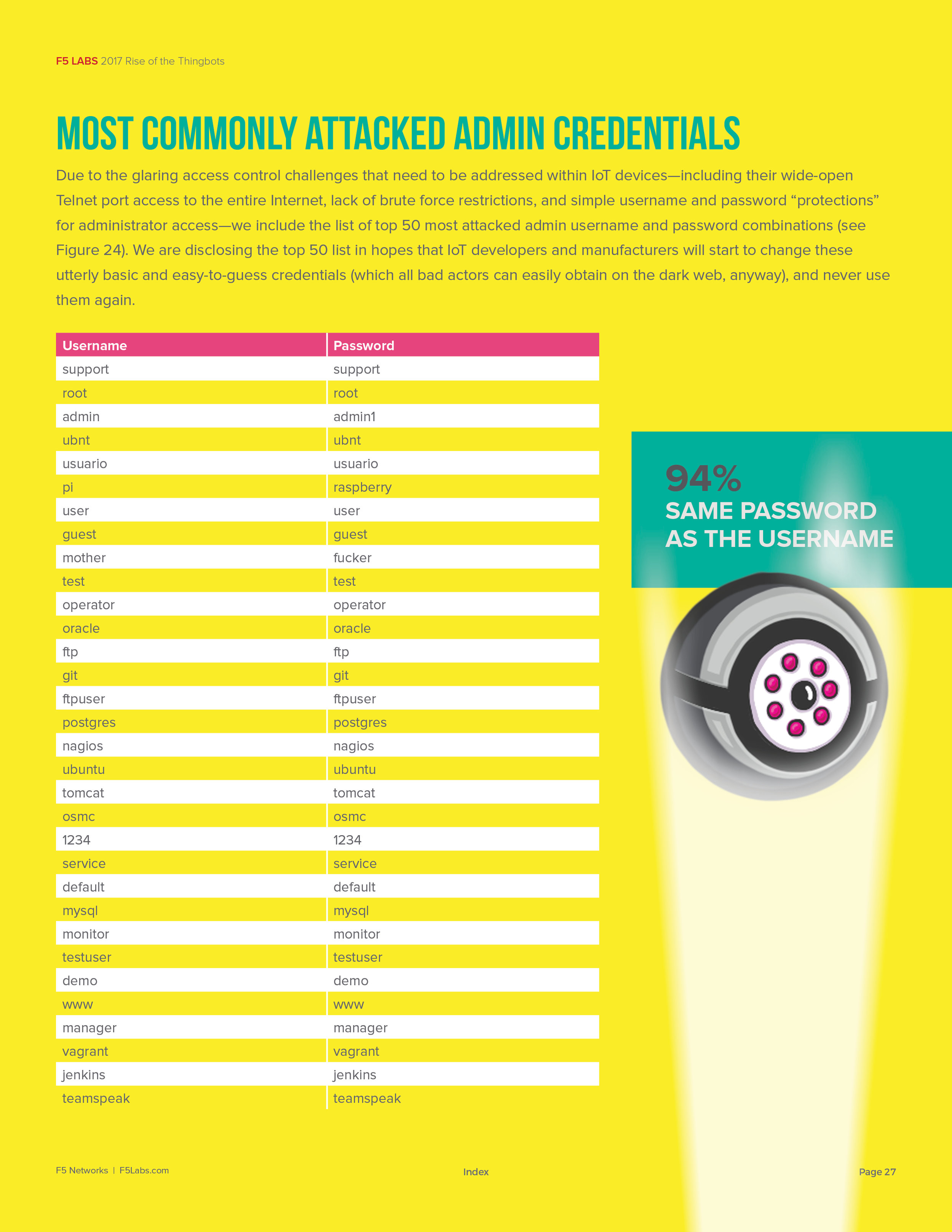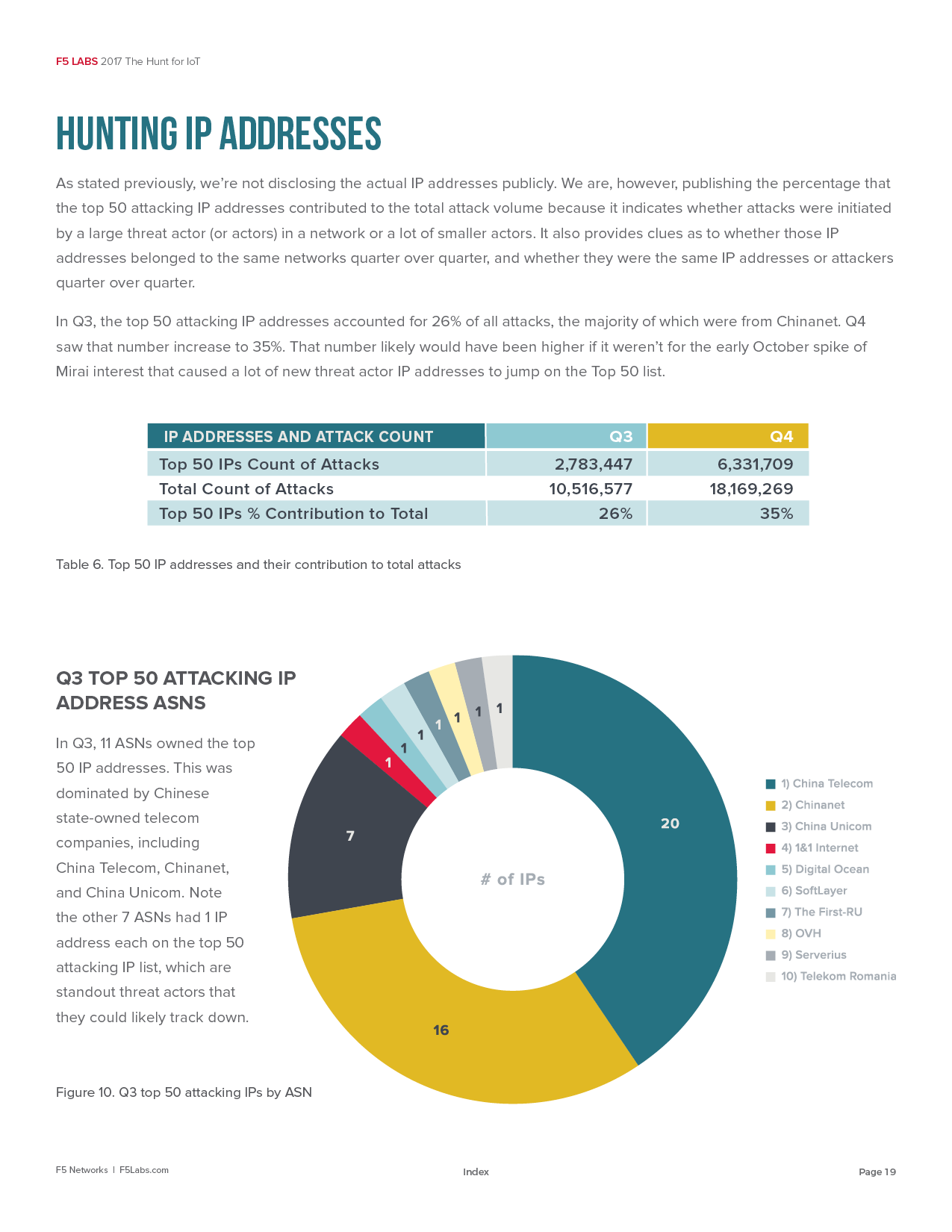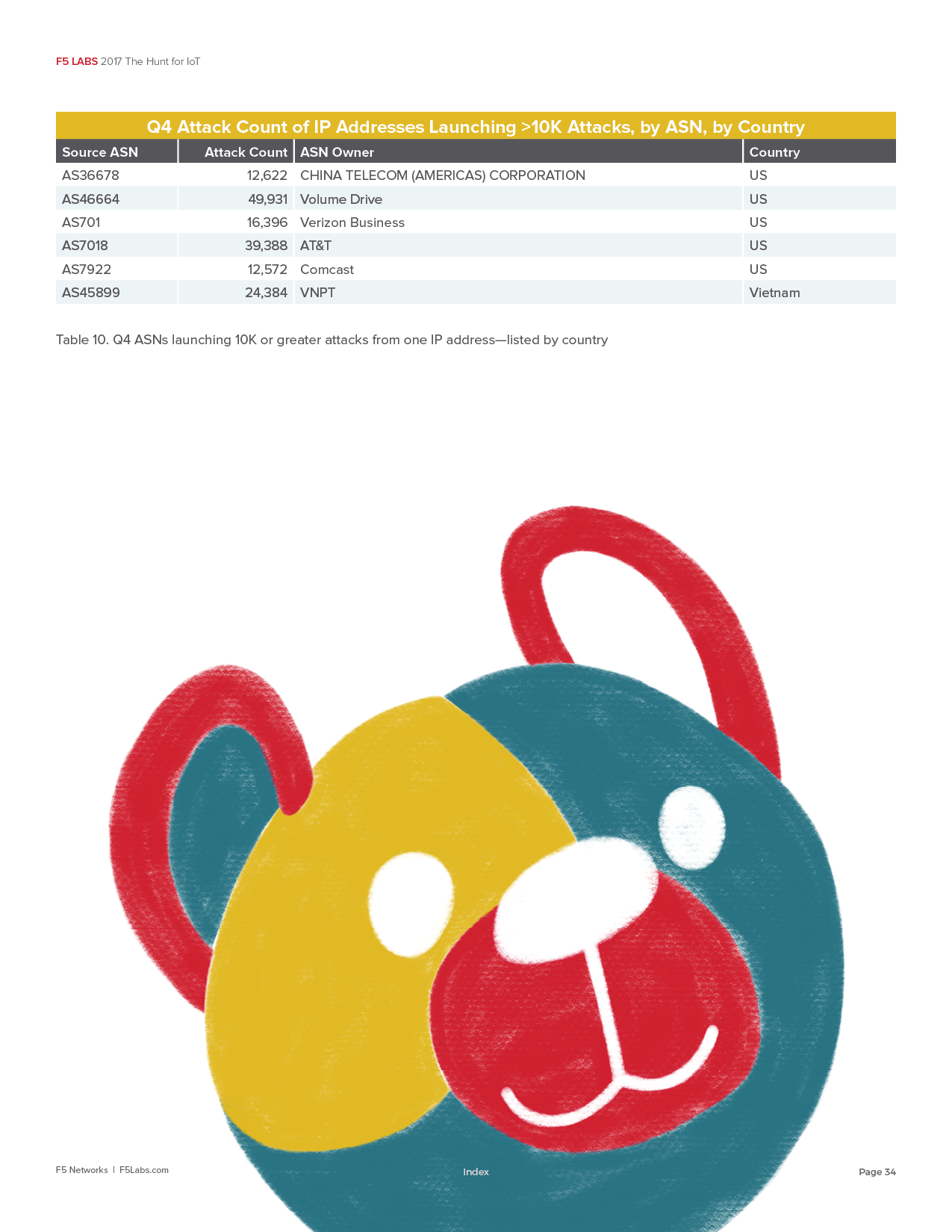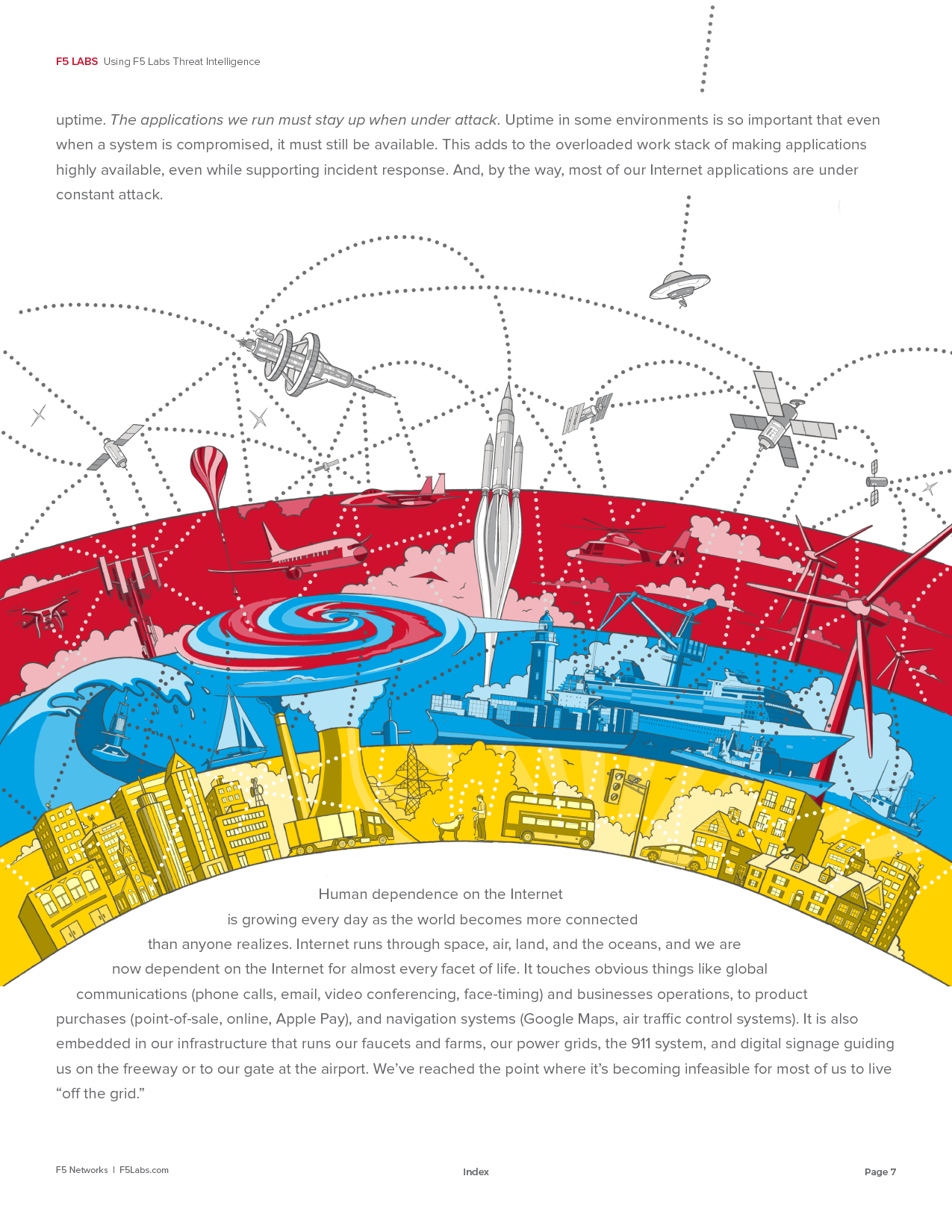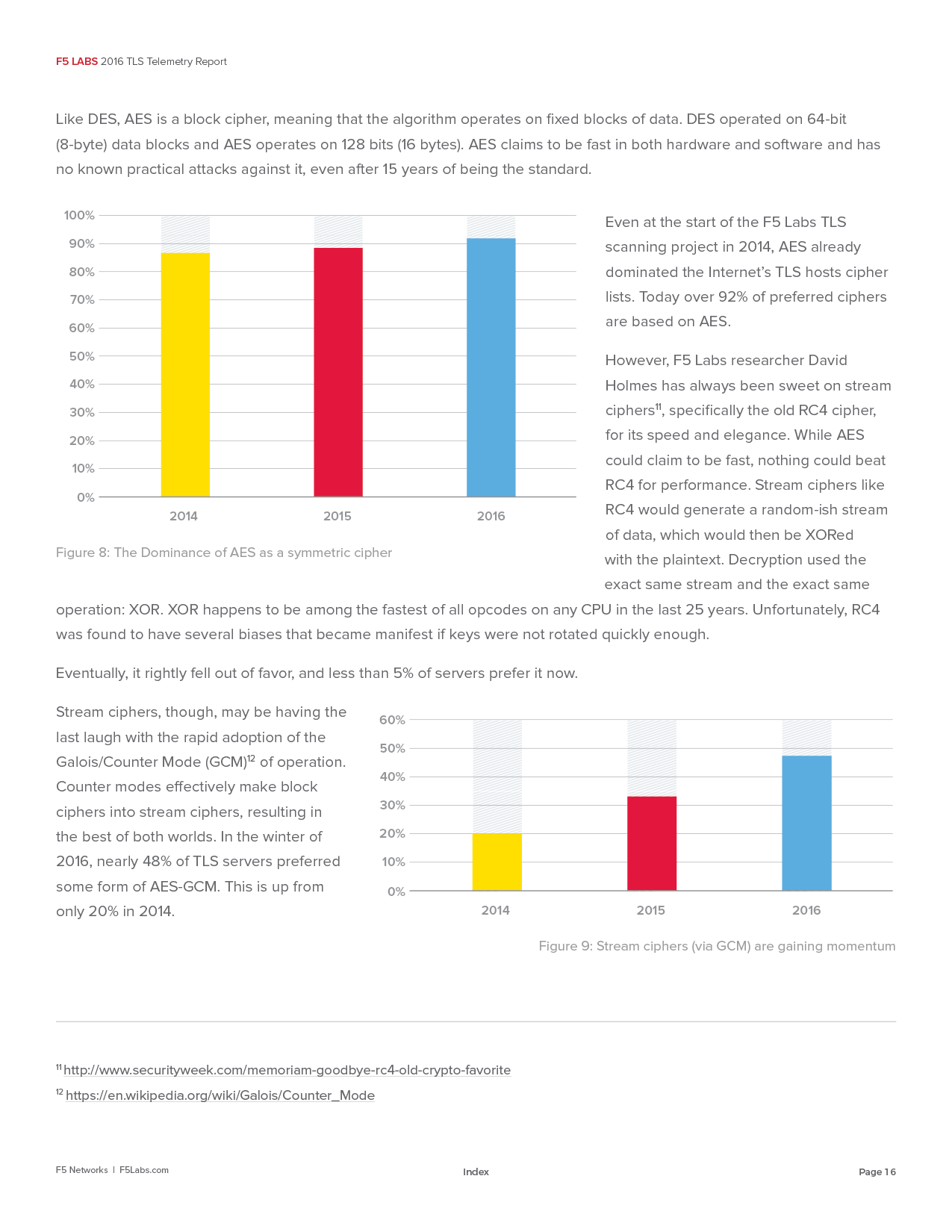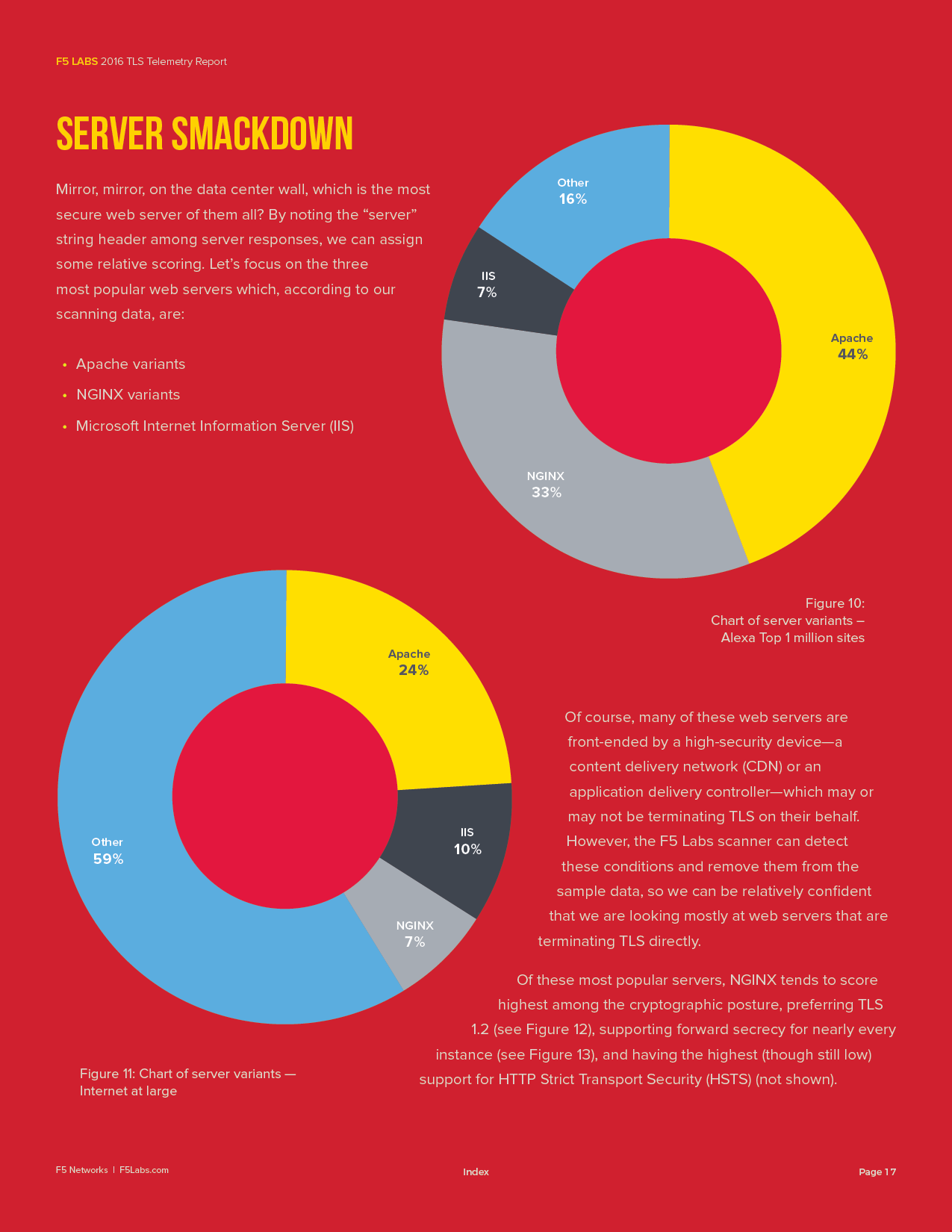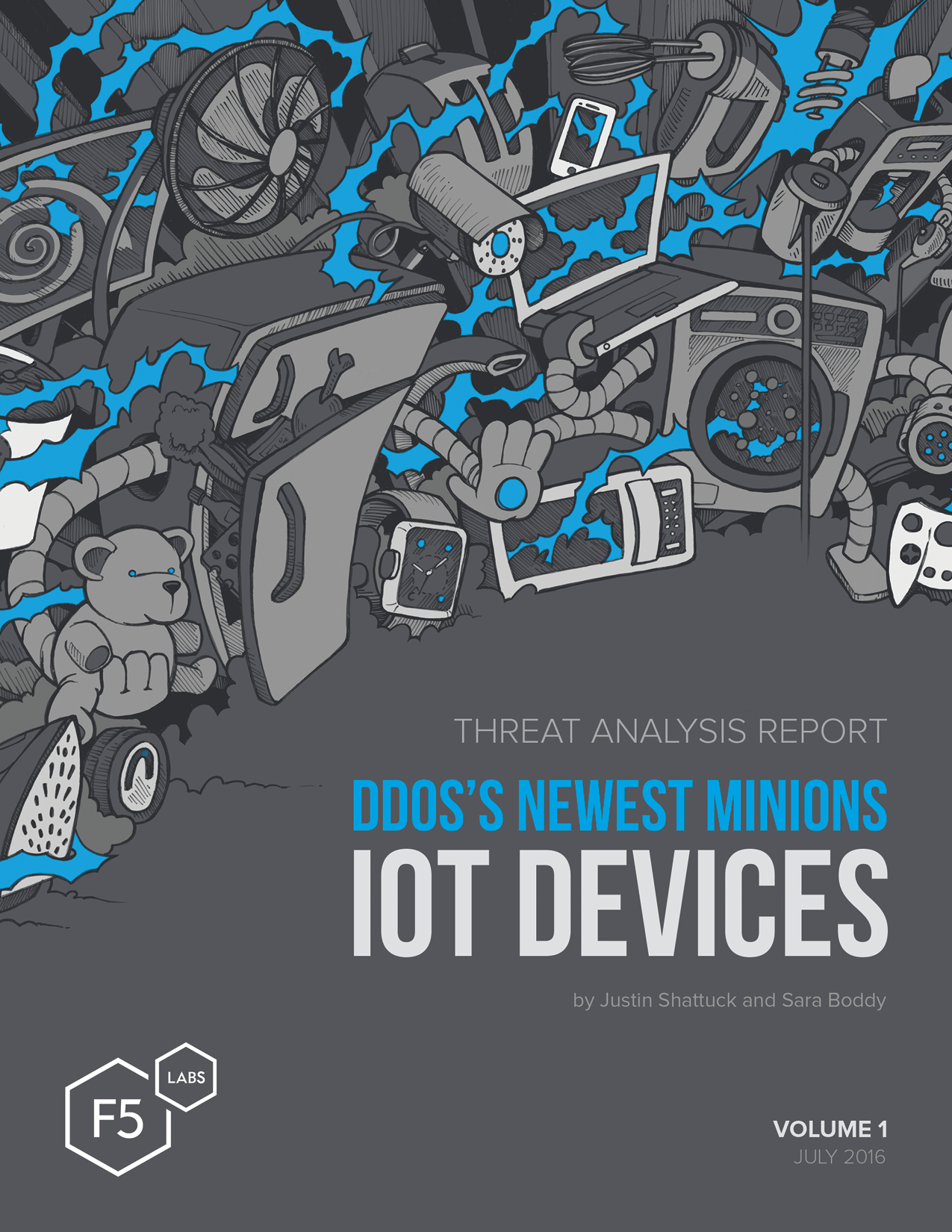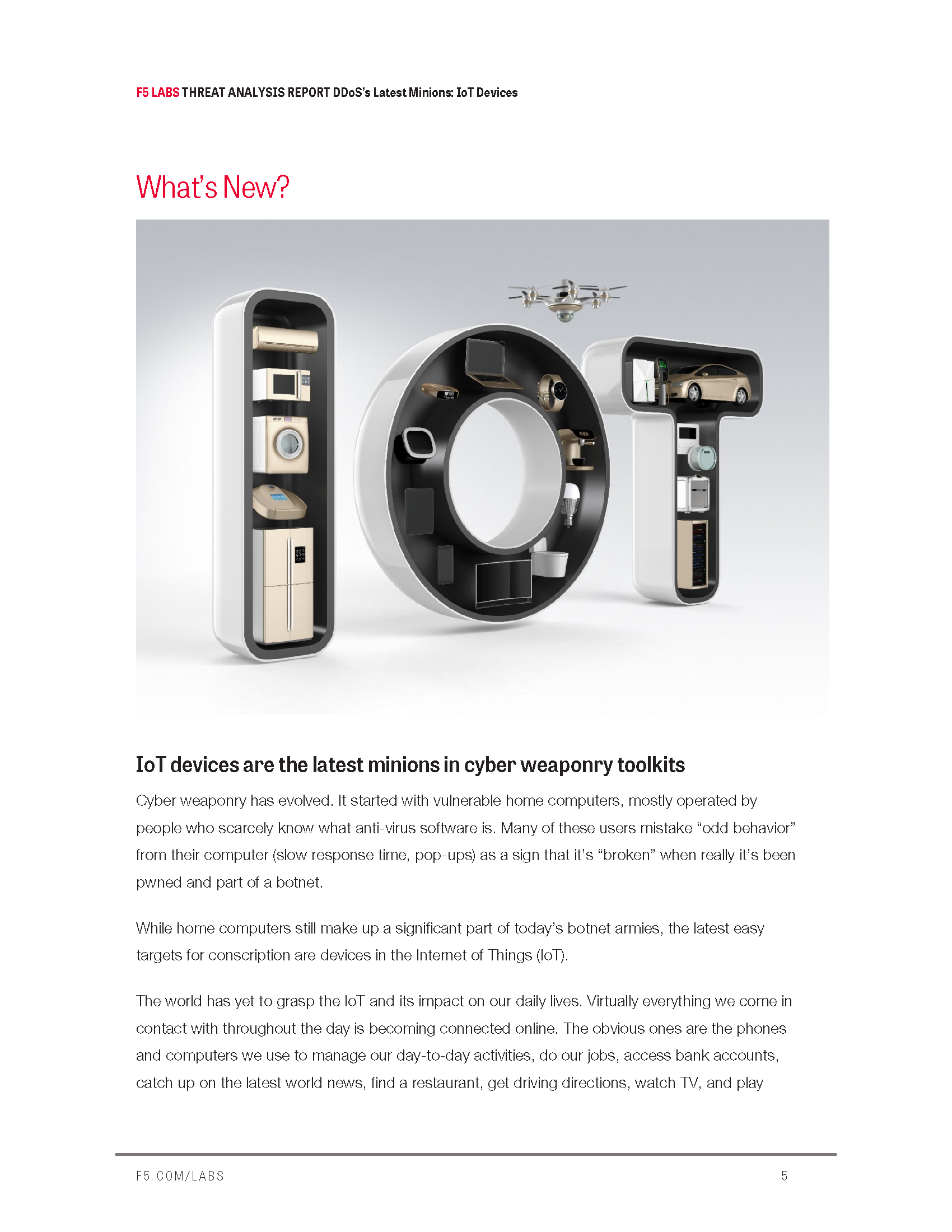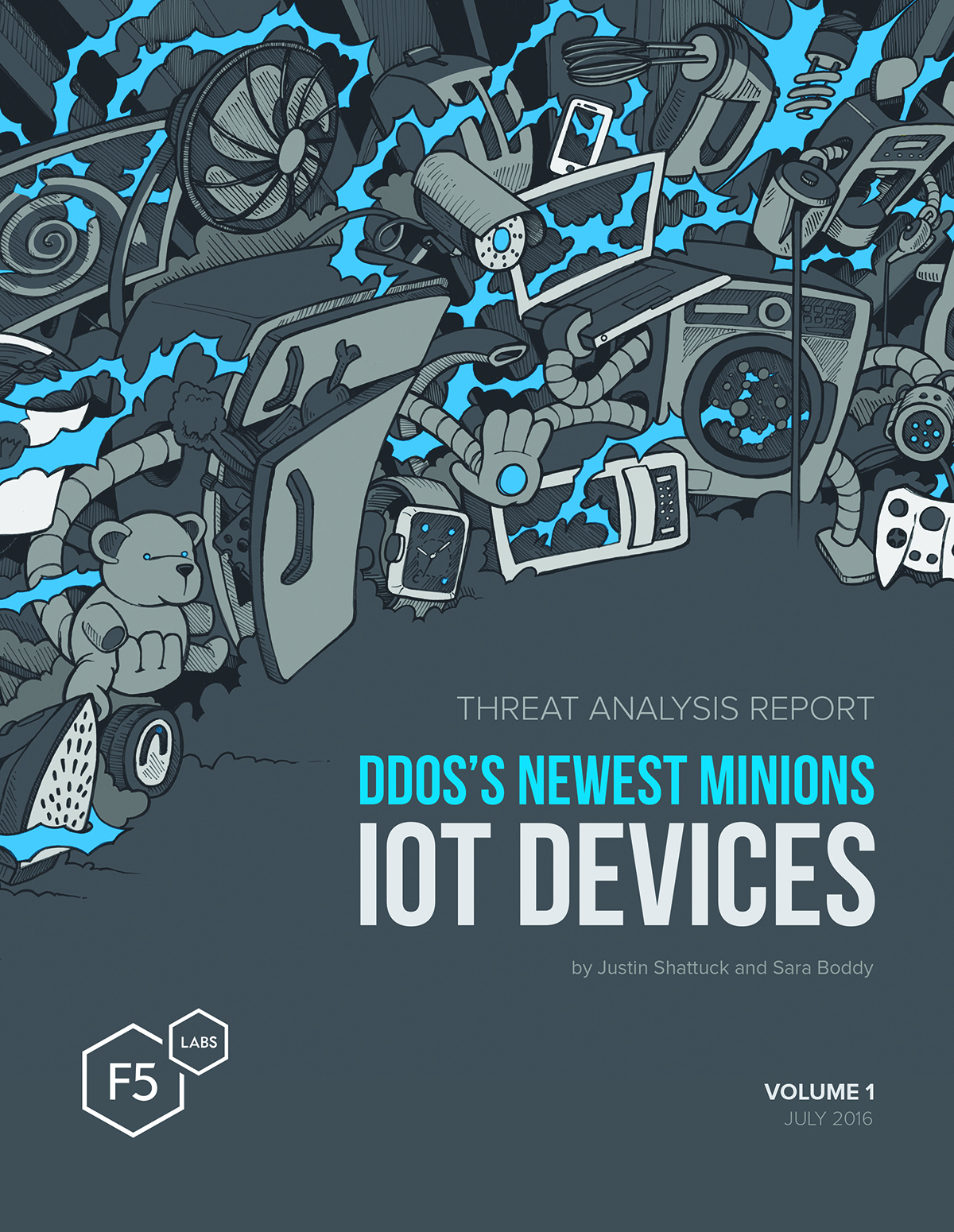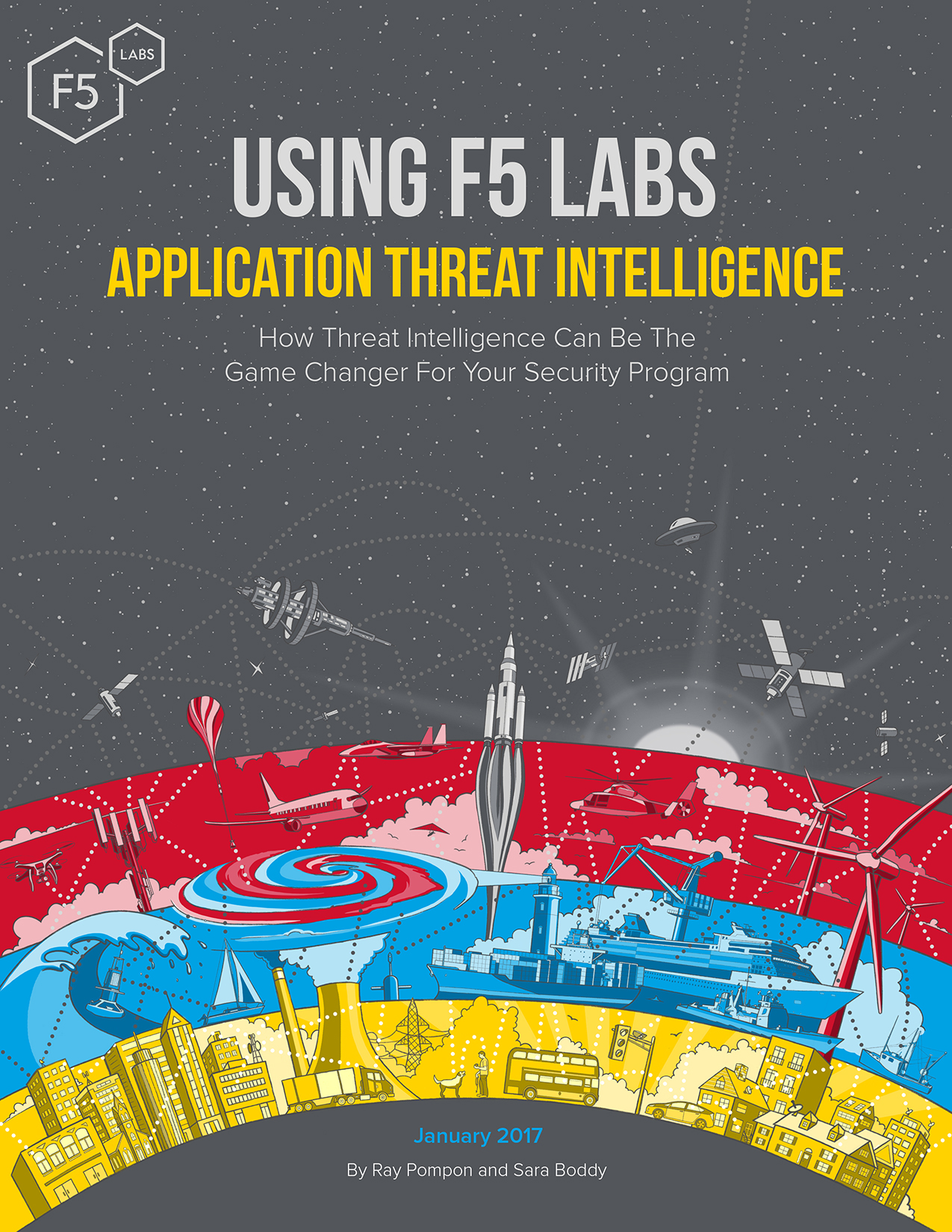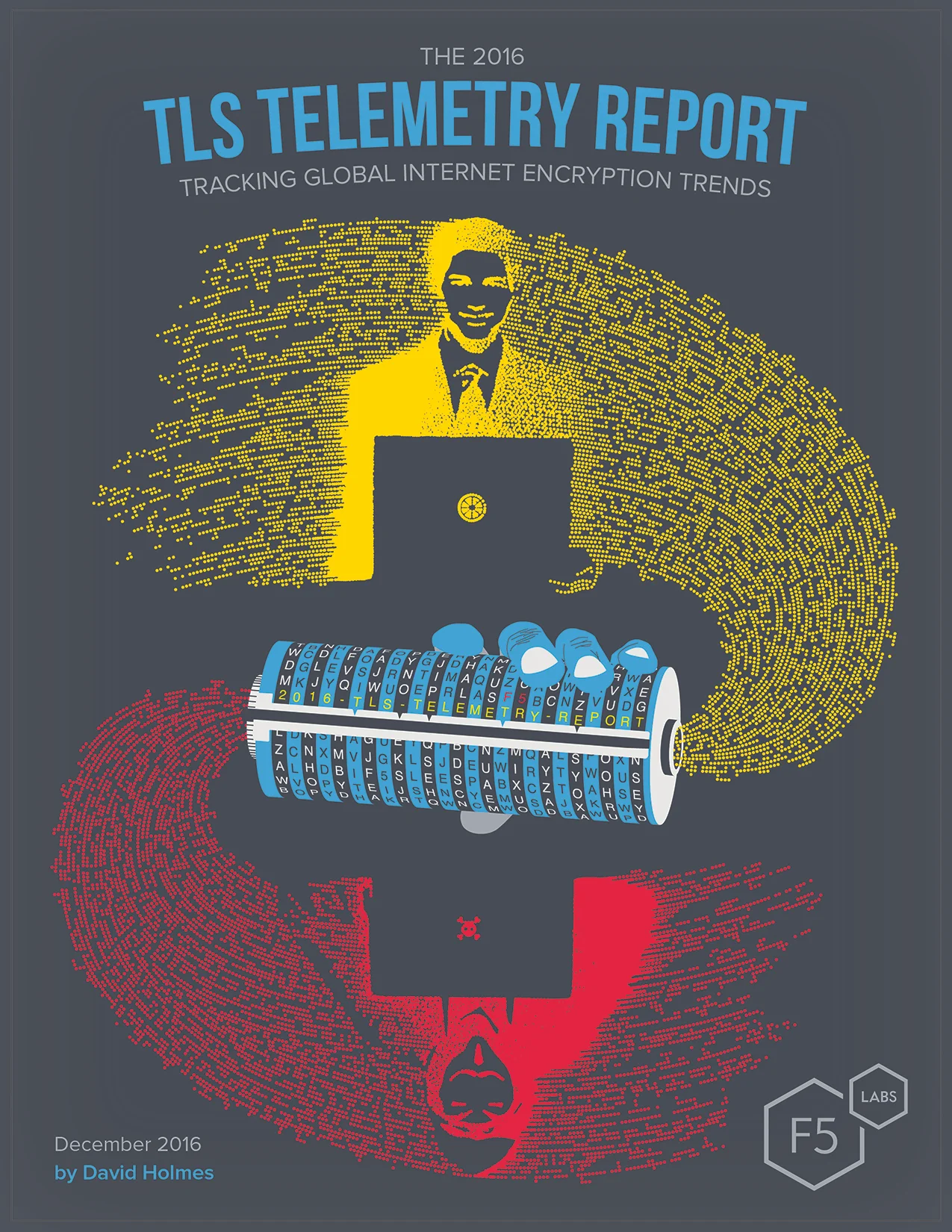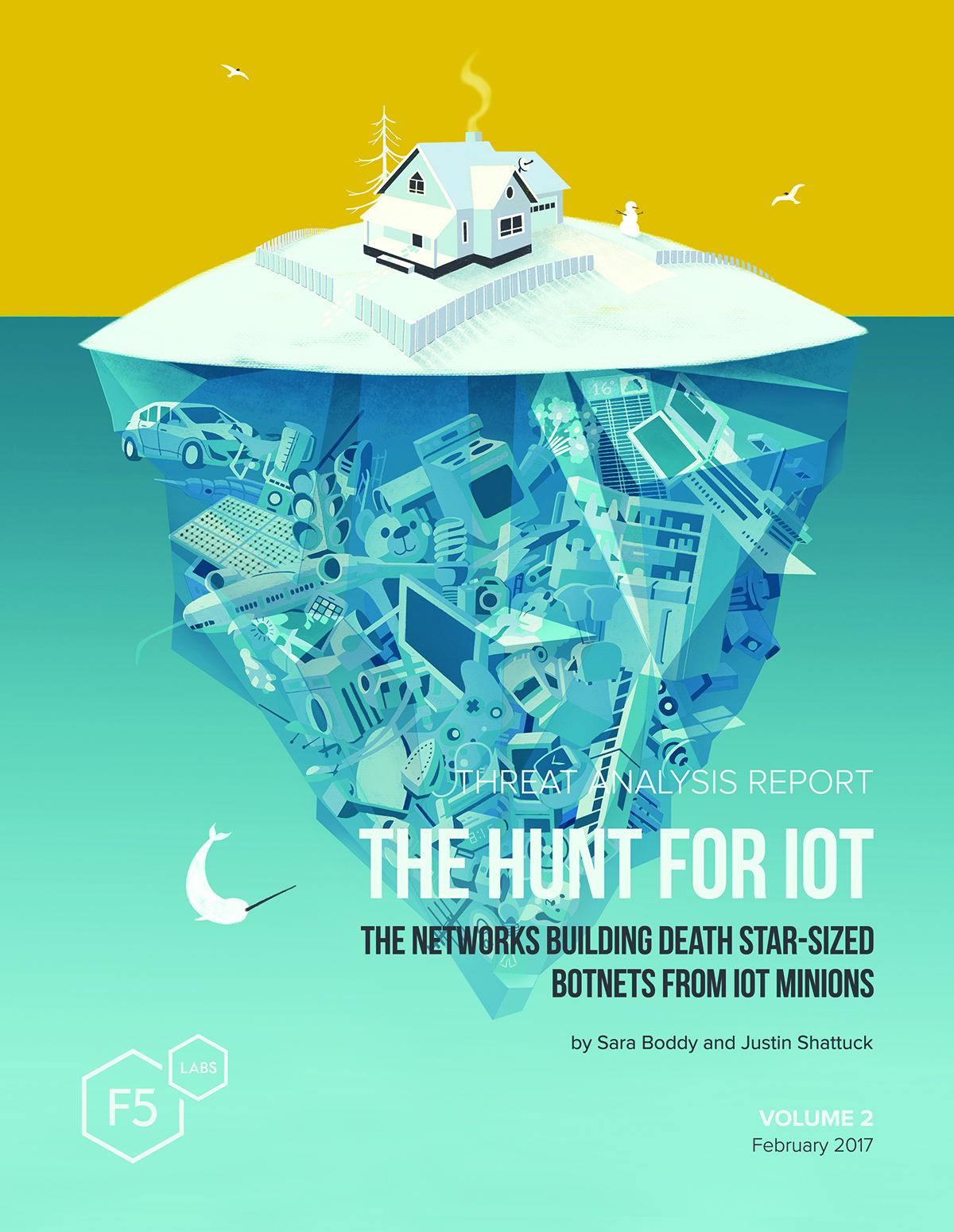At the 2017 PEERS Conference, I floated the idea of updating the installer illustration for Craft CMS 3 to the head honcho and resident genius at Pixel & Tonic, Mr. Brandon Kelly. In addition to the fact that his karaoke skills will instantly remind you of an angrier, out-of-tune Henry Rollins from Black Flag, he's also a fan of good-ish drawering skills. I'd illustrated the installer screen for Craft CMS 1 years ago and it seemed to me that the impending release of the biggest update to his flagship product might be the perfect opportunity to update the installer artwork. A few months later, Brandon gave me a call.
What is Craft?
Craft is a ground-breaking content management system used by web developers around the world to build highly complex custom websites that are easy for their clients to manage.
This artwork was created for the installer tool that installs an instance of Craft on a web server.
Final Illustration
Concept
He and his team wanted to explore the idea of "inclusivity" without getting too far into the weeds about how to broach a very touchy topic visually and do so without offending anyone. Through our discussions, we eventually landed on the idea of exploring inclusivity through the locations where Craft CMS is being used around the world—A “geo” theme incorporating people on computers and local landmarks. The problem was that incorporating any people at all still brought up the specter of dealing with race and gender and all the baggage that comes along with that topic. It needed to be avoided like Coldplay.
The question was how?
The initial idea was to drop any reference to people and focus on landmarks from countries around the world which would have been interesting, but I reasoned that the resulting illustration would have felt more like a travel advertisement than a representation of Craft. The team agreed.
I expanded on the idea exponentially by including famous landmarks, mythical beasts and creatures from folklore, icons, foods, and representative objects from specific countries. You'll also find a random assortment of web and nerd references to help round out the illustration for the tech crowd.
The resulting piece is straight-up fun and successfully represents "inclusivity" (without stepping on any social land mines), pop culture, local culture, and technology.
Process
In the sketches below, you can see all three steps in my process beginning with drawing shapes on tracing paper with a thick marker. Step two is a rough pencil sketch and, finally, cleaning up the line with a tight rendering. For this project, after the concept sketch was approved, the final rendering was done digitally using an iPad with Procreate as well as a Cintiq with Photoshop.
Concept and style sketch for client approval
All of the objects were drawn individually, separated into layers, and arranged and rearranged and rearranged again until I was happy with the layout.
The final illustration includes a dotted line to help draw the viewers eye around and through all of the objects, creating a feeling of discovery and adventure.
Variations
I created three versions of the center area that literally plug into an open space to accommodate different potential uses:
In all, twenty-three countries and locations are represented (objects vary based on center art):
NYC - Lady Liberty, pizza
PNW (Seattle, Portland, Bend) - Sasquatch, pint glass, hop bud
SF - San Francisco is a city
UK - London Bridge
Germany - pretzel, brat on fork, beer
India - Airavata
Australia - Rainbow Serpent, boomarang
South Africa - flower with mountain graphic from national symbol
Canada eh - bacon, hockey stick
France - Eiffel Tower
Netherlands - wooden shoe, tulips, cheese
China - Chinese dragon
Spain - bull, olives, tomato
Singapore - lion fish
Japan - Kasa Obake, koi
Indonesia - flower, palm tree
Ireland - shamrock, pint glass
Norway - Viking helmet
Poland - brat, beer, bull (nothing unique about Poland's symbology)
Russia - Baba Yaga
Italy - wine bottle, wine glasses, olives, grapes
Saudi Arabia - dual swords from national symbol
Middle East - Bahamut
Nerds - Starship Enterprise, propeller beanie, alien ship
Bunch of other random and tech/web-related stuff
I had a blast creating this piece and it’s pretty cool to think that every single person who has installed an instance of Craft CMS since 2017 has seen this illustration.













